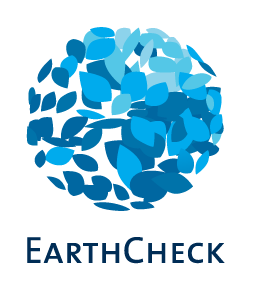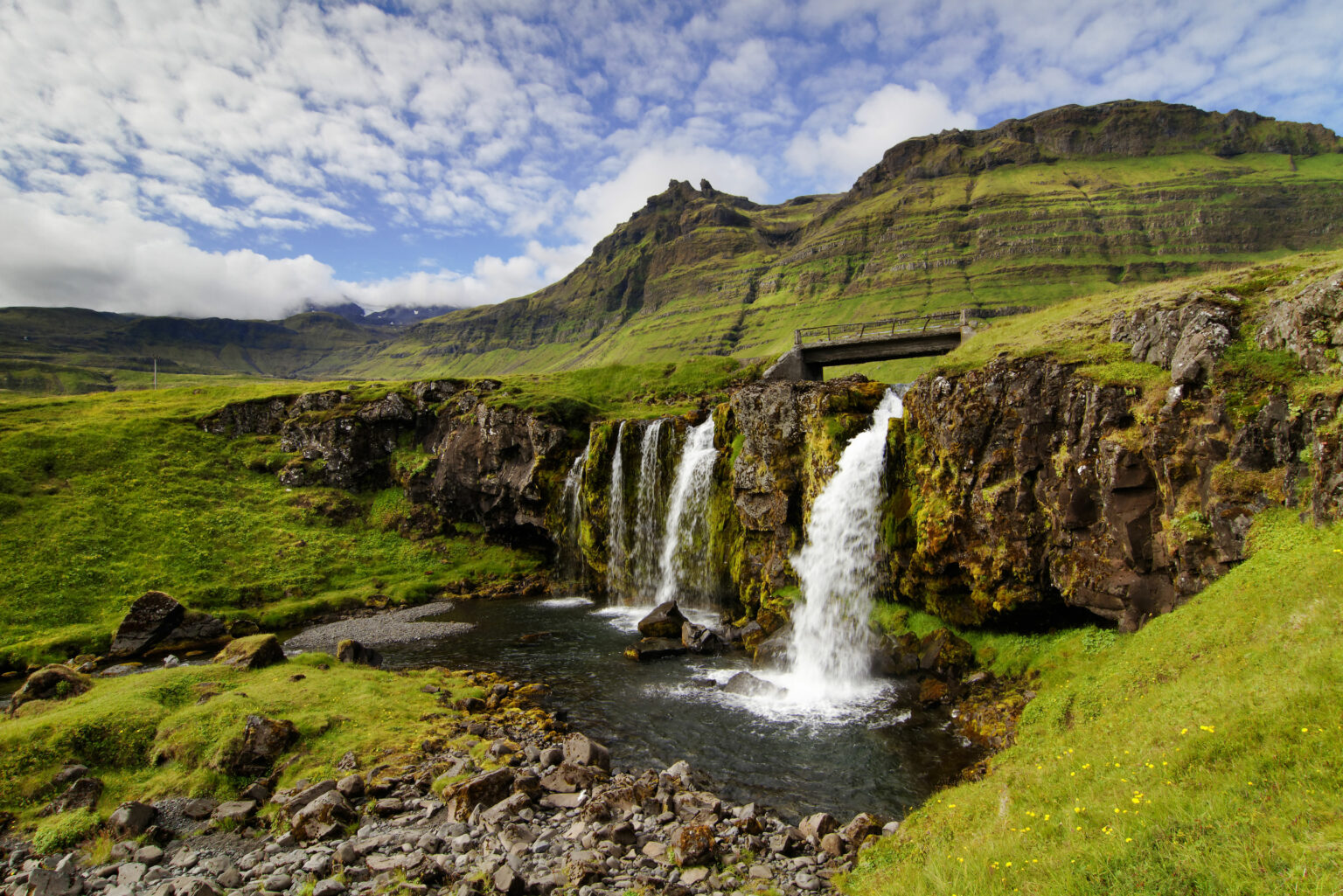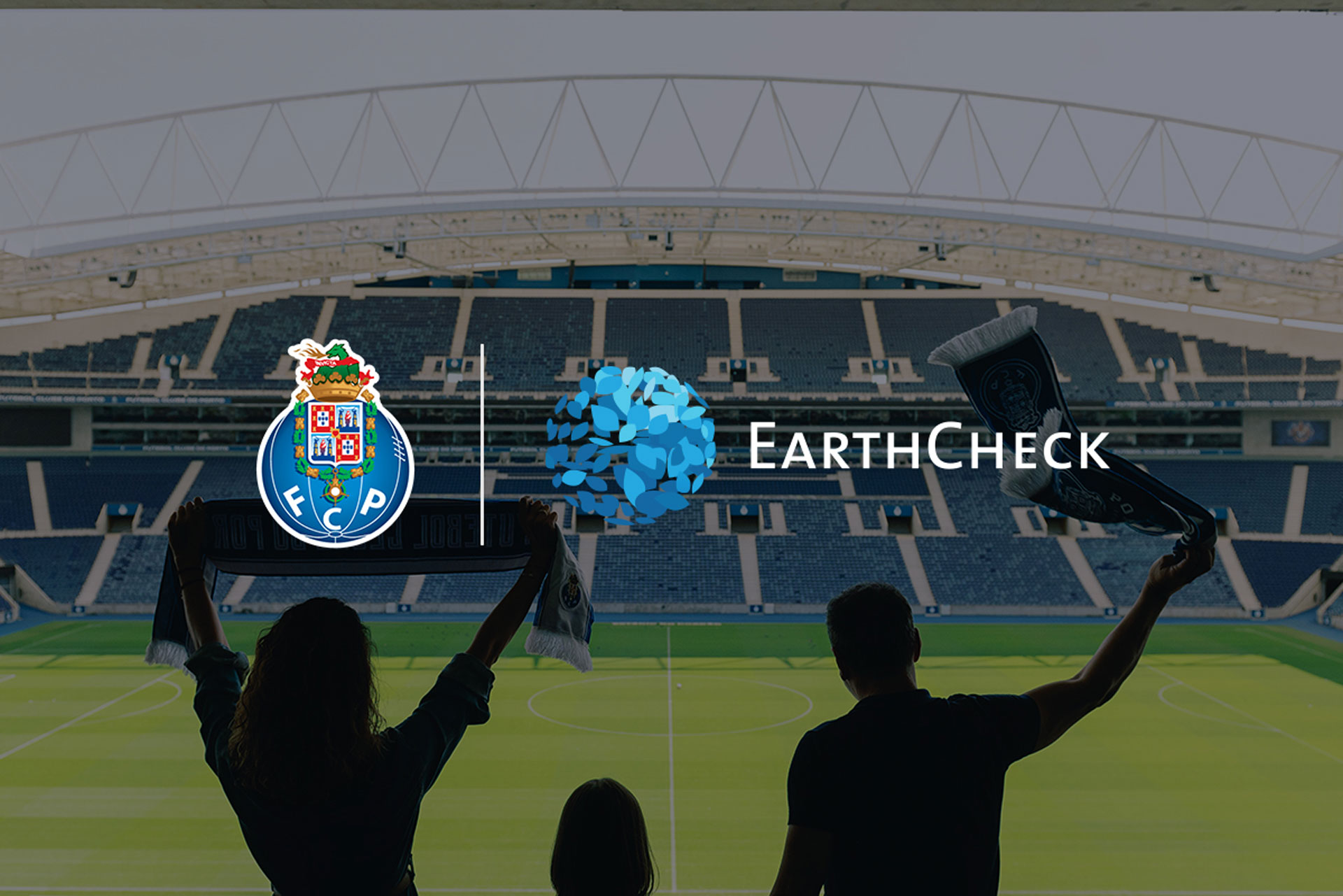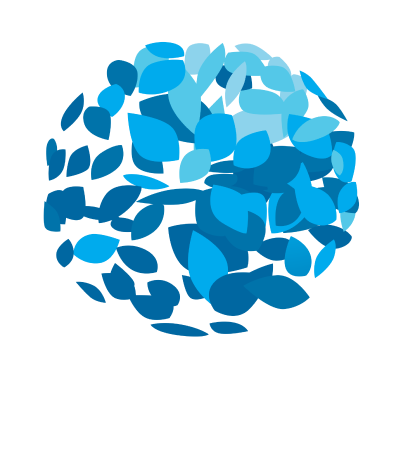By Dr Natasha Montesalvo, Principal Consultant – Destinations, Strategy & Insights
Travellers are looking for sustainable options when they’re choosing their next destination – but how do they know if a destination’s sustainability credentials are authentic, or if they’re just putting on a green sheen?
In virtually all aspects of society, we’re seeing more awareness of how we impact the environment and a stronger focus on sustainability, and tourism is no exception. A recent Expedia study found that 90 per cent of consumers are looking for sustainable options when travelling – but they’re not sure how to find them.
The study found that 70 per cent of consumers feel overwhelmed by starting the process of becoming a more sustainable traveller, and that 70 per cent of consumers have actively avoided a destination or transportation option because they were sceptical that their commitment to sustainable practices was real.
There’s a clear need, then, for destinations to verify and authenticate what they’re doing to make a difference. They need to be able to provide proof points and data when uncertain travellers are making decisions with sustainability in mind – and that’s where EarthCheck’s Leading Destinations of the World program can help.
What is a Leading Destination of the World™?
The Leading Destinations of the World™ program is a global network of destinations that share a vision and a passion for improved sustainability outcomes.
They understand that sustainability within a tourism destination, and within any business, is a journey – and that committing to that journey results in better outcomes for their communities, their environment and their economy.
The program provides destinations with the opportunity to collaborate, to work collectively, and to benchmark and report on their environmental, social and economic health.
For the purposes of the program, a destination can be defined by virtually any geographical boundary – it could be a local government area, such as Glasgow; it could be a larger tourism region that encompasses multiple local government areas, such as Snæfellsnes in Iceland; or it could be one precinct within a local government area, such as South Bank in Brisbane, which recently joined the program.
Participants in the Leading Destinations of the World™ program can embark on receiving EarthCheck’s Sustainable Destinations certification. The first step towards certification is defining your scope – and that includes defining both the geographical boundaries of the destination, and the limits of what’s within your control and what isn’t.
Once that scope has been defined, benchmarks are set and performance is tracked across 12 key areas, each of which are assessed on a combination of quantitative and qualitative metrics. For a destination to be certified as one of the world’s leaders in sustainability, it must monitor, measure and continually improve its:
- Energy efficiency, conservation and management
- Greenhouse gas emissions
- Air quality protection, noise control and light pollution
- Management of freshwater resources
- Wastewater management, drainage and streams
- Ecosystem conservation and management
- Land use planning and development
- Transport
- Solid waste management
- Management of environmentally harmful substances
- Cultural and social management
- Economic management
While the obvious environmental metrics are covered – the percentage of green space within a destination, for instance, and the percentage of green power consumption – it’s equally important that social metrics, such as local employment rates, crime rates, and opportunities for engagement with the local supply chain, are also covered.
Though these social metrics might not be the first thing you think of when you think about ‘sustainability’, it’s important to recognise that tourism is an industry that relies on people. Opportunities to create employment, upskill local communities and support local businesses must be taken advantage of wherever possible.
The metrics are measured on a per-person basis, so that destinations can be fairly compared to each other. Destinations can also choose to include their own optional indicators, tailored to their own sustainability journey, in addition to these core metrics.
Because sustainability is about continuous improvement, it’s not necessary for a destination to be setting the gold standard in each of these criteria from the outset. Once a destination has been measured against these 12 criteria, it achieves EarthCheck Bronze certification, and by making independently audited improvements over time, it can work its way to Silver, Gold, Platinum and Master status.
The benchmarks are updated annually to reflect global best practice. As destinations progress over time, the benchmarks become more challenging – but because these destinations have been making gradual improvements to their sustainability practices, they’re well equipped to reach them.
Why become a Leading Destination of the World™?
The Leading Destinations of the World™ program has been in place for over 20 years, but we’ve seen the greatest amount of interest in the program over the past 18 months, as travellers and destinations alike adjust to the post-COVID landscape and its increased emphasis on sustainability.
It can be difficult to know where and how to start implementing sustainability initiatives, but the Leading Destinations of the World™ program helps destinations to focus their efforts. EarthCheck has guides, templates and Relationship Managers to aid destinations on their journey, and to help them direct their efforts towards the areas where they can make the biggest impact.
Taking part in the program creates a shared vision for the destination. Every stakeholder within a destination should be engaged with the sustainability journey, and they should understand what the destination is trying to achieve across each of the 12 key areas, giving them common goals to work towards.
By measuring, monitoring and fully understanding their footprint, destination authorities and stakeholders can make informed decisions that support tourism and investment, without harming the location that visitors have come to see.
Crucially, in a time when greenwashing – overrepresenting your environmentally friendly initiatives in a bid to be seen as ‘sustainable’ – is common, EarthCheck certification enables destinations to establish their credibility.
The independent audit creates a sense of trust in the marketplace, and gives destinations a marketing advantage, as they can use their certification to prove their bona fides as a place where genuinely sustainable experiences can be found.
Some Leading Destinations of the World™ will be more obvious than others. For instance, if you visit Baião in Portugal, you’ll be greeted by a sign that says ‘Welcome to an EarthCheck Sustainable Destination’, and every piece of advertising that visitors see highlights the destination’s sustainable practices.
For some other destinations, their participation in the program has more of an internal focus, to help improve their processes and practices from a governance perspective.
But from a visitor’s perspective, even without seeing their certification, you can tell a Leading Destination of the World from the low environmental impact and positive community impact of every touchpoint you visit – from the efforts to preserve the natural beauty and wildlife of the area’s popular tourist attractions, to the unique, locally sourced food you enjoy when you eat out.
From the moment you arrive to the moment you leave, you should feel as if you’re leaving the destination better than you found it, and you should feel a strong sense of place – because ultimately, sustainability is about protecting and enhancing the elements of a destination that you want to experience as a visitor.
Learn more about EarthCheck’s Leading Destinations of the World here.







